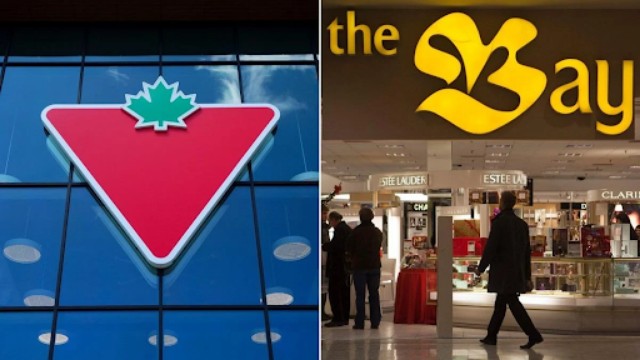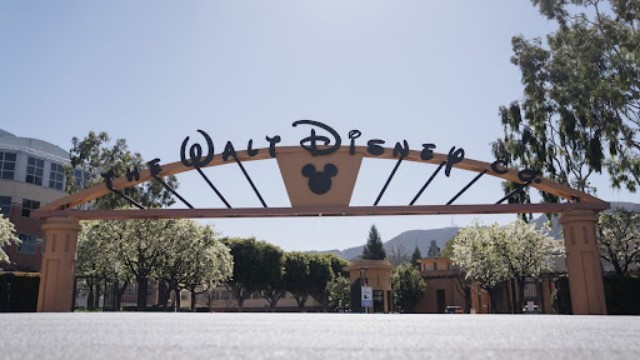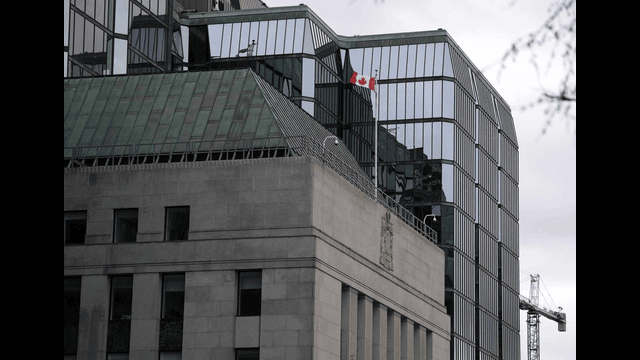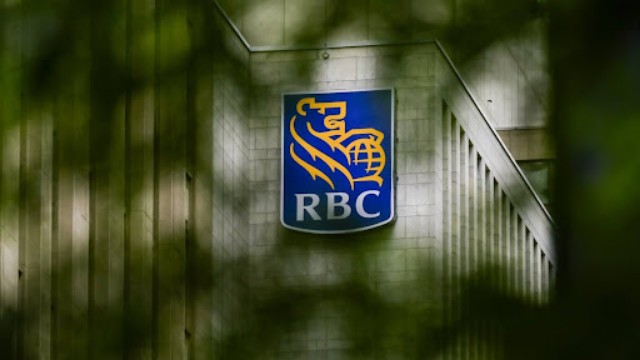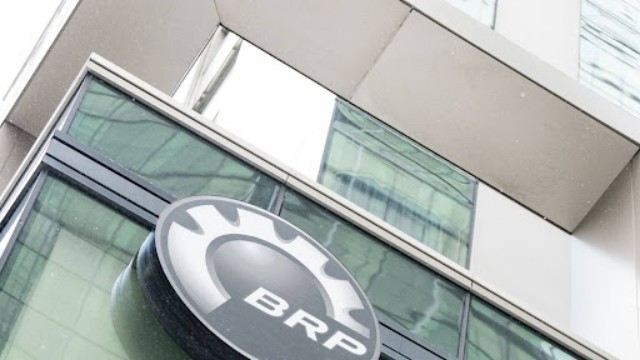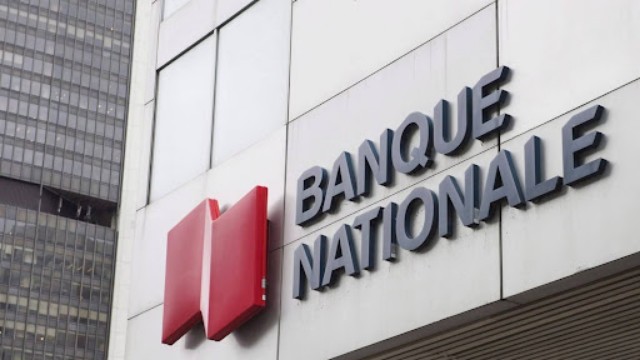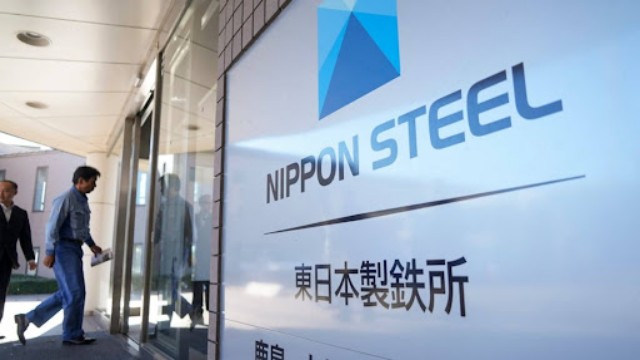
In this photo from October 30, 2019, Tupperware Brands' logo is displayed above a trading post on the New York Stock Exchange floor. (Photo by Richard Drew / AP)
A U.S. bankruptcy judge on Tuesday approved Tupperware’s sale to a group of lenders, setting the stage for the renowned food-storage brand to exit Chapter 11 bankruptcy. This move provides a fresh start for Tupperware, allowing it to continue its legacy of household solutions while the brand pursues a revitalization under new management.
The deal, approved in a Delaware court, includes a sale of Tupperware’s name and other core assets for $23.5 million in cash, along with $63 million in debt relief. While closing conditions remain, the arrangement signifies a major shift for Tupperware, marking its transition to new ownership and a rebranding as "The New Tupperware Co."
Tupperware pivoted to this lender-backed plan last week, abandoning a previously scheduled auction of its assets. Once the sale is finalized, the company will continue to make its products available in “global core markets” via online shopping and its network of independent sales consultants. The brand stated that it plans to embrace a “start-up mentality” as it rebuilds, though the specific approach remains unclear.
Tupperware’s roots trace back to the post-World War II era, with its pioneering airtight containers designed to help families reduce food waste. In the mid-20th century, Tupperware gained popularity with its innovative “Tupperware parties,” where women could earn extra income by selling containers to friends and neighbours in their homes. This model proved so successful that the company eventually pulled its products from store shelves, relying solely on its direct sales model.
Over the years, Tupperware broadened its range to include various kitchenware items and became a household staple in the United States and beyond. However, the company struggled to adapt to modern market changes and faced intensifying competition from brands like Rubbermaid, OXO, and budget-friendly alternatives available at retailers like Target, Walmart, and Amazon. A rise in demand for glass containers also shifted consumer preference away from plastic products like Tupperware.
The challenges became evident when Tupperware filed for bankruptcy last month, revealing over $1.2 billion in debt and assets totalling $679.5 million. Though the COVID-19 pandemic briefly spurred sales as people cooked more at home, the trend remained downward due to shifting consumer habits and intensified market competition.
At the Tuesday court hearing, Tupperware’s attorney, Spencer Winters, emphasized the significance of the sale, calling it a “great outcome” that saves jobs, preserves customer relationships, and secures Tupperware’s future under supportive ownership. The group of purchasing lenders includes firms like Stonehill Capital Management and Alden Global Capital, who plan to operate Tupperware as a private company.
The company’s new focus will prioritize growth in key regions, including the United States, Canada, Brazil, China, and India, before expanding further into European and additional Asian markets. A final hurdle to be addressed before closing is a pending issue involving a Swiss entity related to Tupperware.
This sale offers Tupperware a renewed direction as it seeks to reclaim its position in kitchens worldwide, guided by a new vision of adaptability and market awareness.


